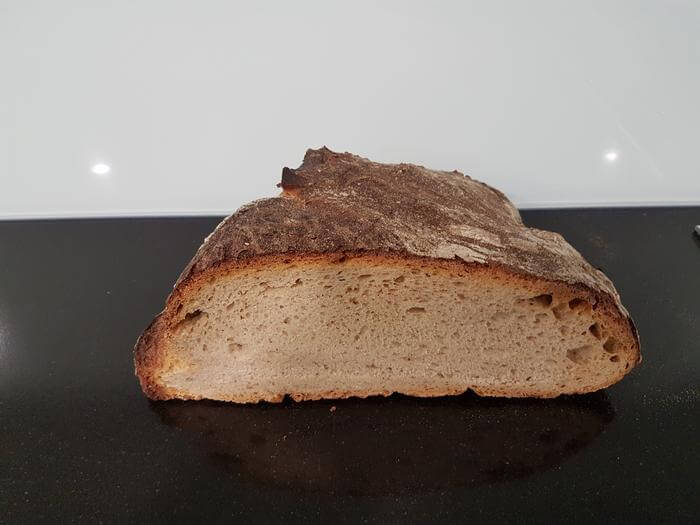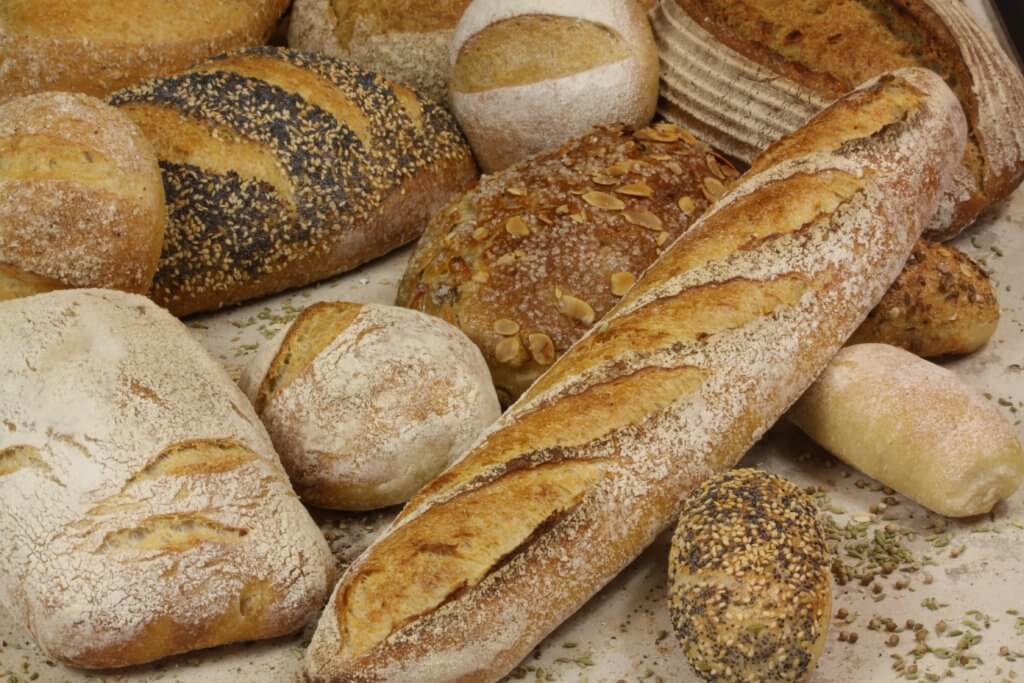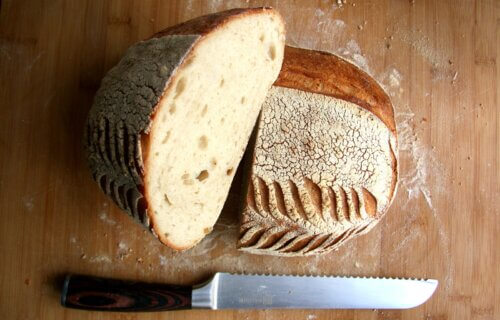SAN FRANCISCO — During the COVID-19 lockdown, many home bakers attempted to create their own versions of sourdough bread. Now, scientists have unlocked the secrets behind this trendy loaf and the combination of chemicals that gives sourdough its unique taste.
Sourdough bread, a simple fermented mixture of flour and water, derives its distinctive tangy flavor from the microbes that power its fermentation. Researchers in Germany have now identified and quantified 21 key chemical compounds that contribute to the bread’s unique taste and aroma, and have compared the levels of these compounds in different types of bread.
Although sourdough breads have been around for centuries, possibly dating back all the way to ancient Egypt, their popularity peaked during the pandemic. Unlike other wheat or white breads, which typically rely on baker’s yeast to rise, sourdough breads utilize a “starter” — a living colony of bacteria and wild yeast that ferments the dough, causing it to rise. Since the microbes originate from the local environment’s air, certain places, such as San Francisco with its unique foggy climate, are renowned for producing particularly delicious sourdoughs.
Until now, little research has been conducted to understand the specific chemical compounds responsible for the characteristic taste and smell of sourdough bread. This information could prove valuable to bakers who need to control the quality of their bread and prevent them from becoming overly sour. The researchers believe that their findings could also enable artisan bakers to produce more consistent sourdoughs for customers to enjoy.

Professor Thomas Hofmann and his team at the Technical University of Munich applied an updated version of a technique known as “sensomics” to the soft inside part of a sourdough loaf, known as the crumb.
“With sensomics, you can take just a few key compounds and completely recreate the characteristic taste of a food,” says Laura Eckrich, a graduate student in Hofmann’s lab, in a media release.
She adds that the approach involves chromatography, mass spectrometry, and similar methods. The German team, which has previously applied this method to other foods to isolate flavor-active compounds and determine their structures and concentrations, identified and quantified the flavor compounds in sourdough bread crumb. They then determined which compounds were most significant.
The researchers isolated 10 key “tastants” and 11 key “odorants,” combining them into a sourdough “essence” whose flavor was confirmed by a human sensory panel. This essence includes salt, directly added to the dough and acetic and lactic acids produced during fermentation.
The research team then applied a technique known as “unified flavor quantitation,” previously developed by Prof. Hofmann’s team, to the sourdough bread. This allowed them to analyze the unique taste and aroma compounds simultaneously. In new studies, they employed this method to quantify the concentrations of these compounds in different types of bread.
Collecting both yeast-based and sourdough bread from local bakeries and supermarkets, made with either rye or wheat flours, the team found that although key sourdough compounds, including lactic and acetic acids, were present in yeast-based bread, they were in much smaller amounts. These results highlight the fermentation process’s importance to sourdough’s unique flavor.

To address the health concerns associated with salt content in bread — especially sourdoughs, which can significantly contribute to a person’s daily salt intake — the researchers also examined methods to reduce the salt content in bread without compromising flavor. They proposed a solution involving the uneven distribution of saltier doughs throughout a dough mixture.
According to the researchers, their findings should be welcome news for the baking industry, as they offer an approach to potentially reduce sodium levels while maintaining the unique taste of the bread.
“This was the first time the key taste and aroma compounds of bread crumb were elucidated using the sensomics approach, and we hope what we learned will help bakers create the best sourdough breads they can,” says Eckrich.
Eckrich presented the findings at ACS Fall 2023, a meeting of the American Chemical Society, in San Francisco.
South West News Service writer Stephen Beech contributed to this report.

